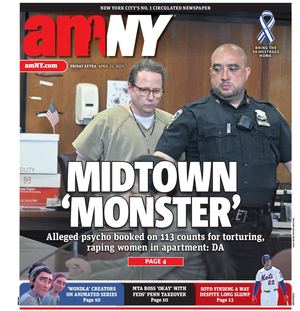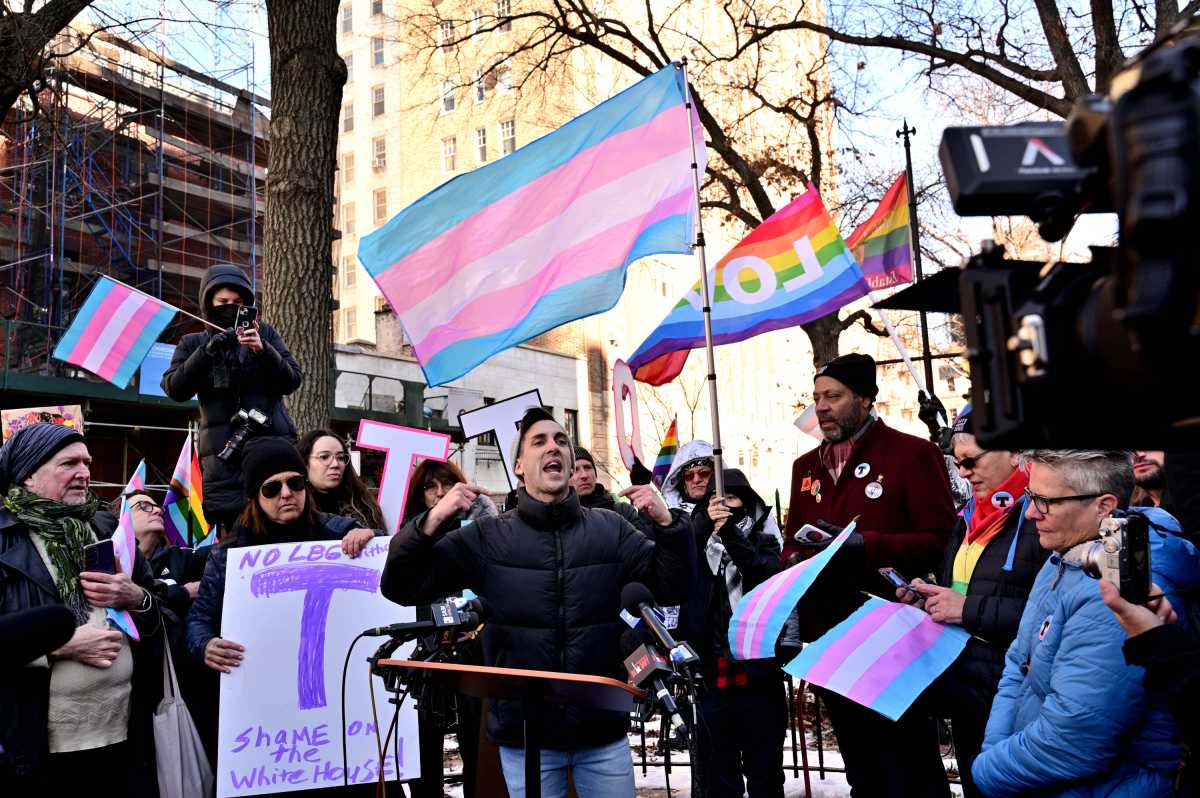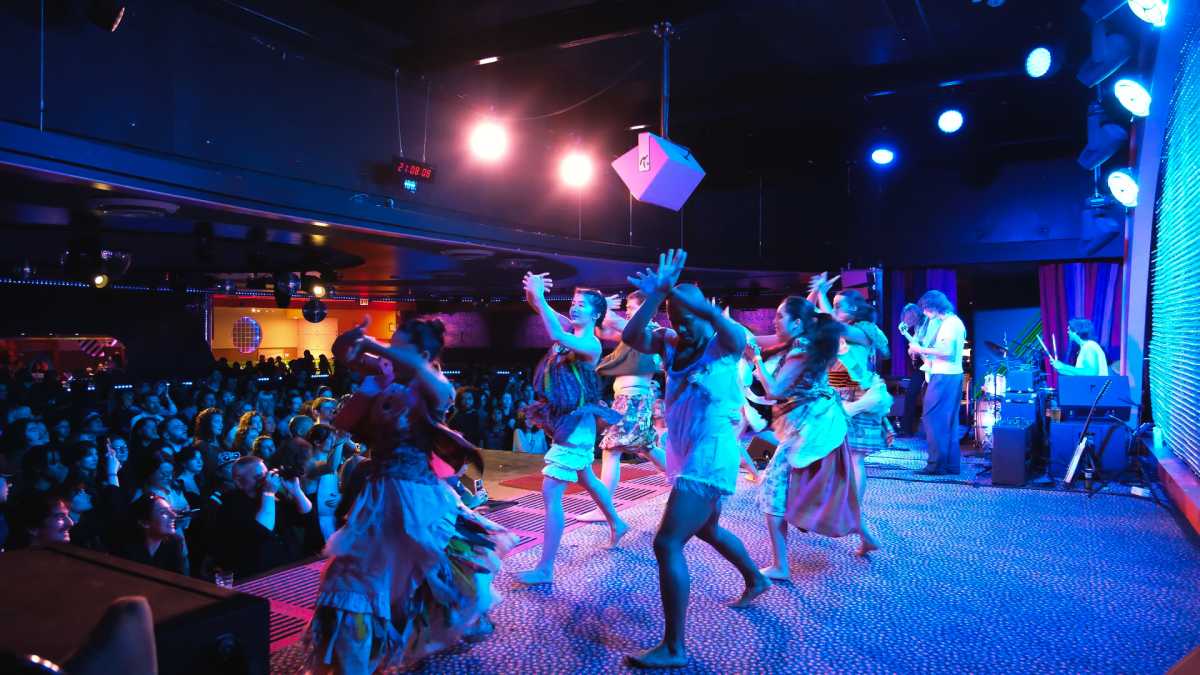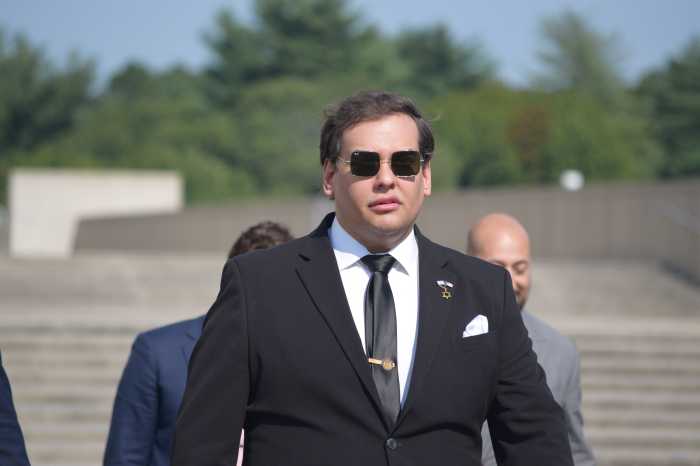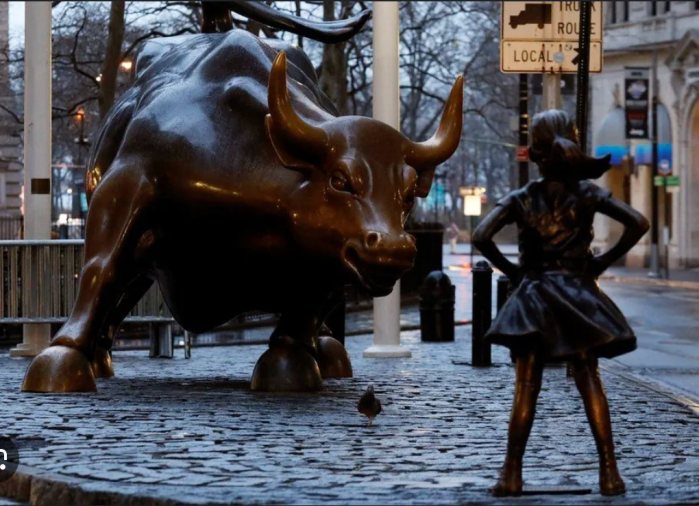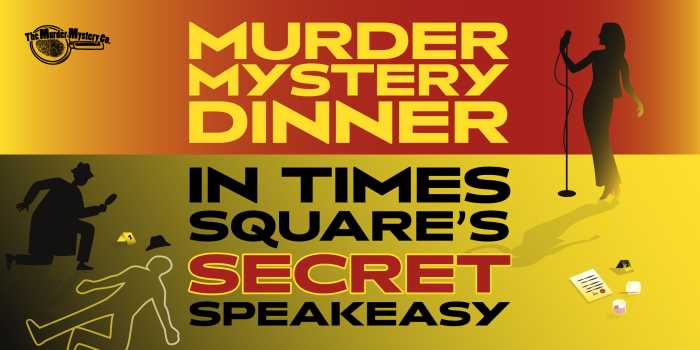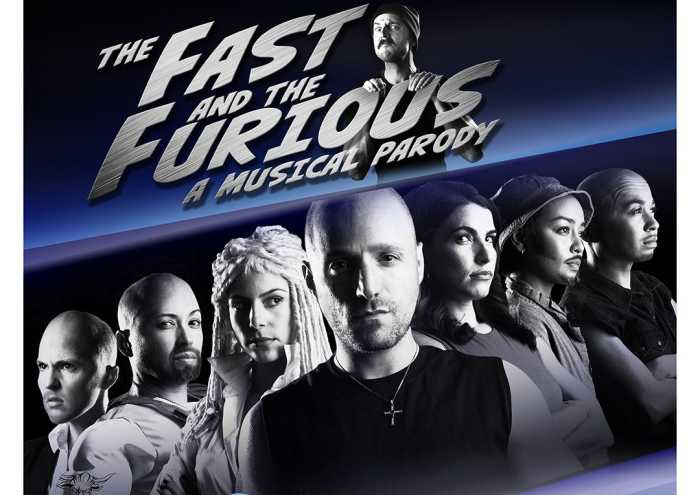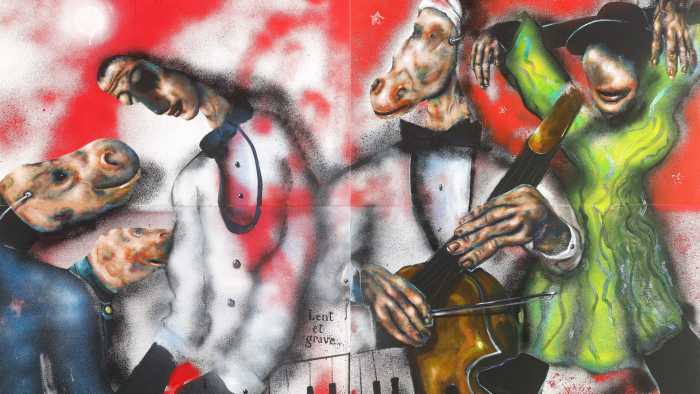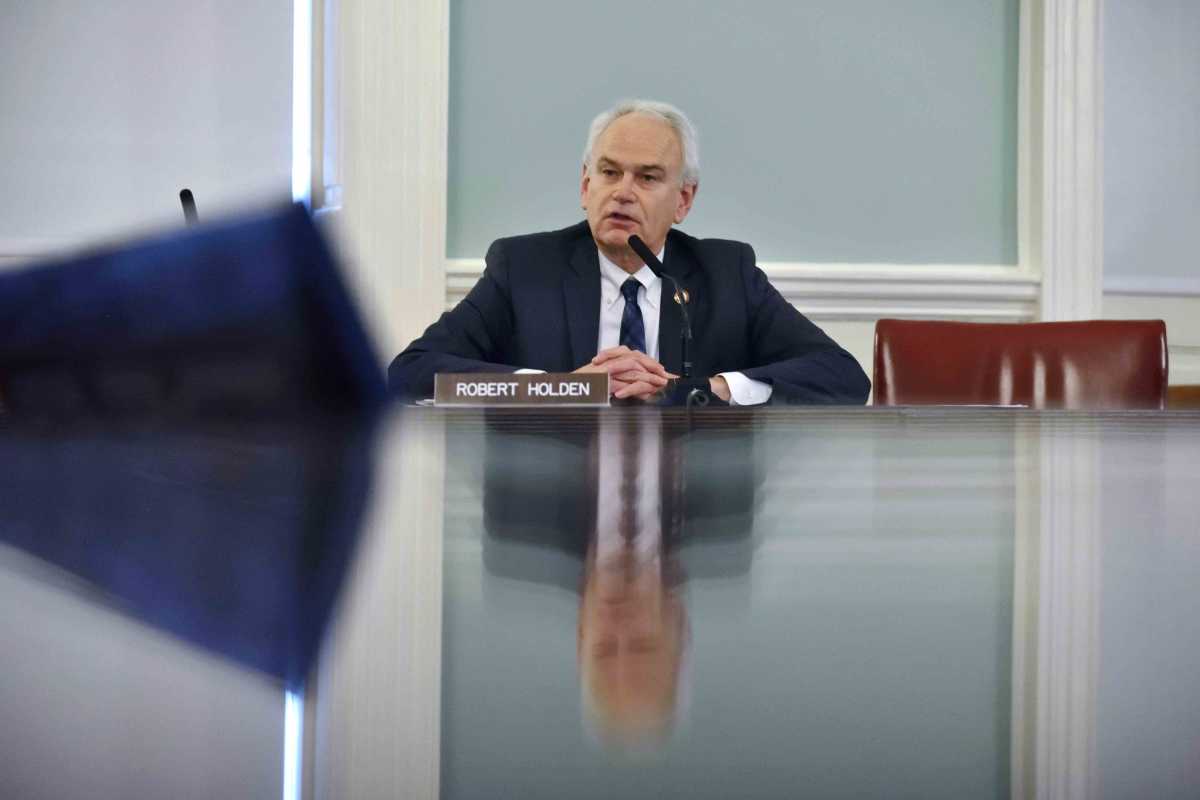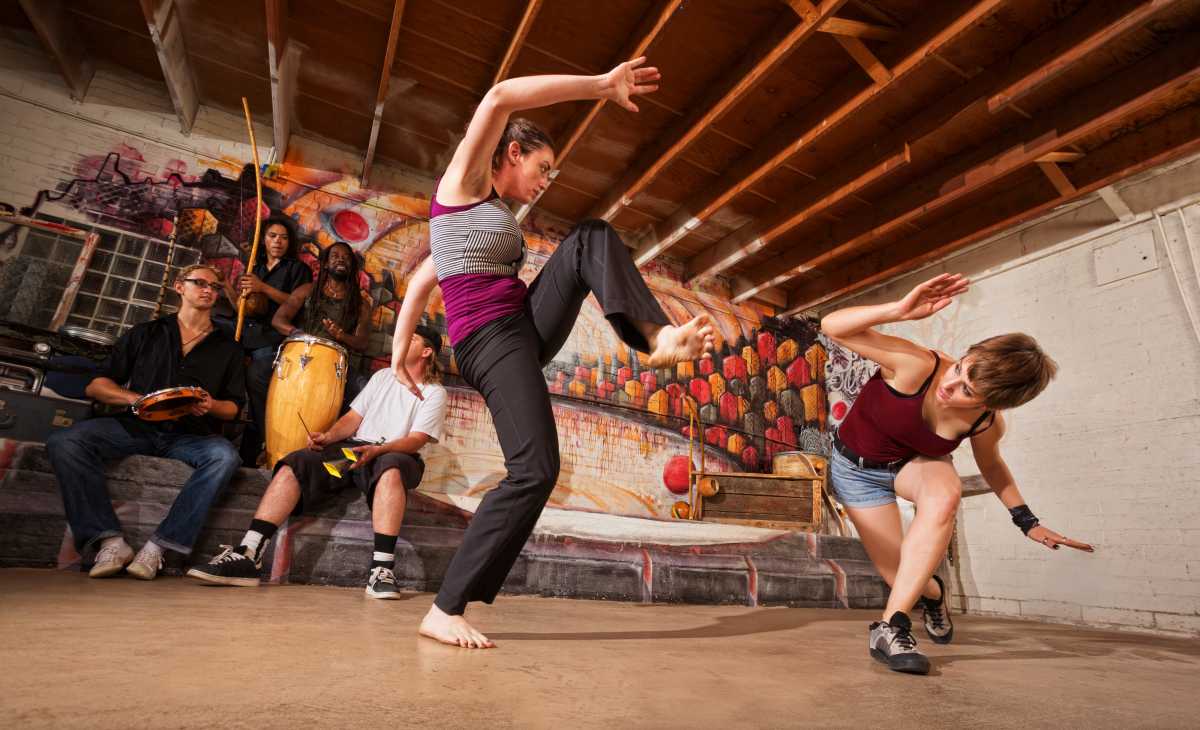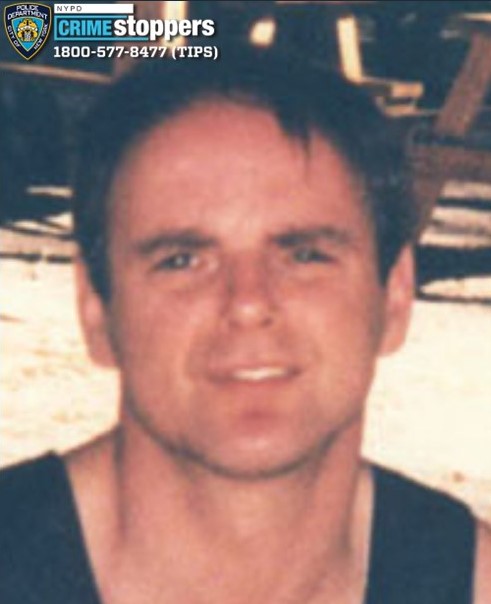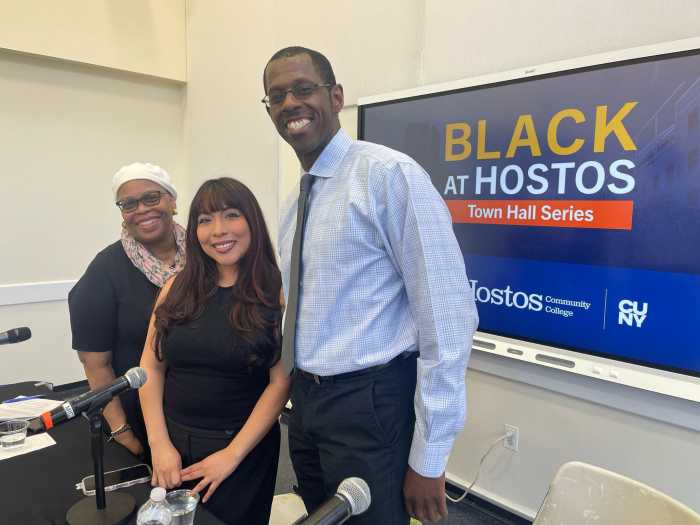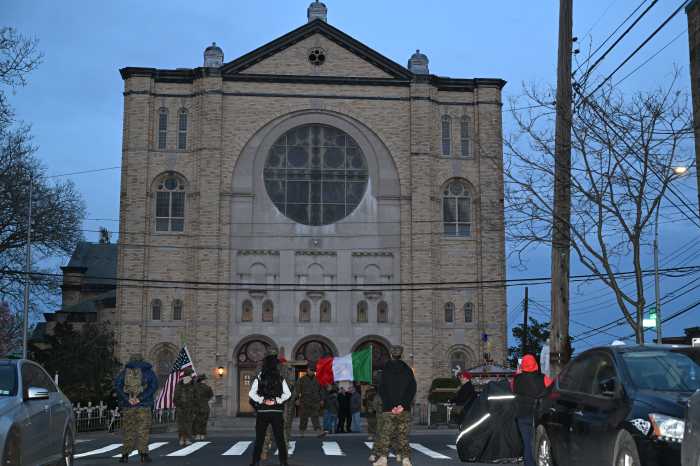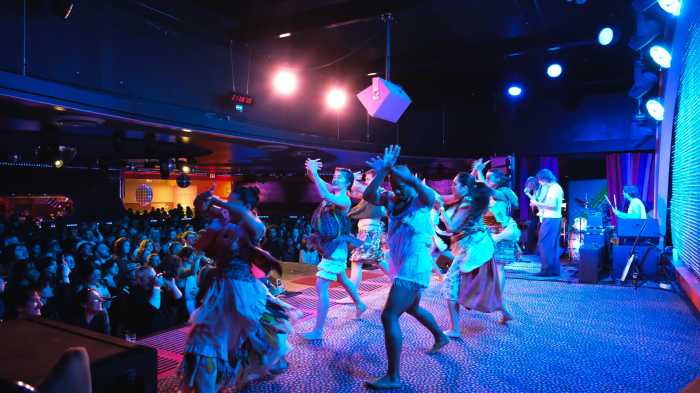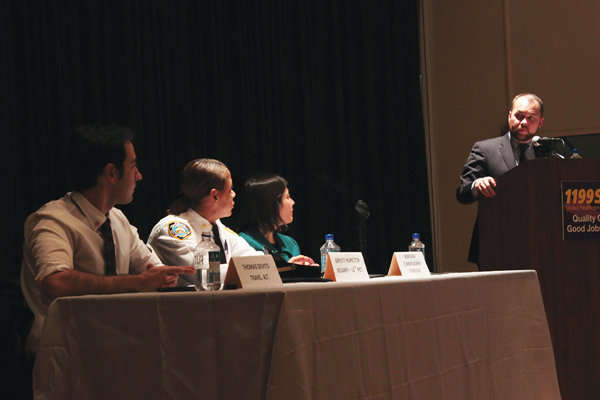
L to R: Transportation Alternatives organizer Thomas DeVito, 10th Precinct Deputy Inspector Michele Irizarry and DOT Manhattan Borough Commissioner Margaret Forgione joined Councilmember Corey Johnson for a “Let’s Talk!” event focused on bike safety.
BY ZACH WILLIAMS | Seniors who attended a bike safety forum on Dec. 8 were quick to indicate their desire for increased scrutiny of cyclists, as efforts continue to improve traffic safety in Chelsea and Hell’s Kitchen.
Several dozen attended the forum, hosted by Councilmember Corey Johnson as part of his “Let’s Talk!” series. The event featured representatives from the city Department of Transportation (DOT), the NYPD and the traffic safety group Transportation Alternatives. The panel answered questions submitted by the audience.
As the first year of Mayor Bill de Blasio’s Vision Zero moves toward conclusion, topics such as enforcing existing traffic laws, improving safe street infrastructure and addressing the role government should play remain top concerns for the local residents in attendance.
Cars are the biggest cause of traffic accidents, according to Johnson — but he noted in his opening remarks that more needs to be done to lessen risky cycling behavior, especially three particular practices.
“I see all the time cyclists, both recreational and people on delivery bikes, running red lights, not yielding, riding on sidewalks,” he said to applause.
Commercial cyclists were of particular concern for many in the audience. Restaurants who utilize them for food delivery must provide a safety vest with the business name and an identifying number, noted DOT Manhattan Borough Commissioner Margaret Forgione who added that the business must pay the fine for failure to do so. However moving violations, for example running a red light, are the responsibility of commercial cyclists themselves.
The NYPD’s 10th Precinct deploys a traffic safety team every weekday to enforce laws against such behavior, according to Deputy Inspector Michele Irizarry, who did not offer further specific numbers on the ticketing of cyclists. Some people in the audience expressed support meanwhile for city licenses for cyclists, as well as a law requiring adults to wear helmets.
Thomas DeVito, Manhattan organizer for Transportation Alternatives (transalt.org), said that in other cities where such laws were implemented, bicycle ridership numbers decrease — resulting in a greater danger of injury for those remaining. “They change their behavior in an environment where there are a lot of cyclists. They will drive slower,” he said of automobile drivers.
About 1.6 percent of New Yorkers currently ride bikes, DeVito noted, double the rate of five years ago. Reversing this trend could undermine the Vision Zero goal of increasing this percentage to six percent, according to DeVito.
Transportation Alternatives has played a prominent role in advocating for broader adaptation of Complete Streets, a design which designates separate lanes for pedestrians, cars and bikes. The traffic medians which divide bike lanes from space for automobiles also boost pedestrian safety by providing space for pedestrians who are crossing the street, according to DeVito.
“I’d like to emphasize that it’s not just bike lanes. All of these streets have all the sorts of amenities to them that benefit every single New Yorker, including drivers,” he said of Complete Streets such as Ninth Ave.
According to the DOT report “Measuring the Street: New Metrics for 21st Century Streets,” total injuries to people on Ninth Ave. fell by 58 percent following its redesign as a complete street.
Traffic flow can actually increase overall by slowing down some drivers, the report notes by citing that median speeds on Union Square North increased by 14 percent following a redesign.
Despite such successes, some streets are easier to convert than others, according to Forgione.
The number of protected bike lanes is reaching a limit within the Community Board Four (CB4) area, said Forgione, though she added that CB4 has requested that the DOT examine the feasibility of additional bike routes in the area. Asked whether crosstown routes could gain protected bike lanes, she said such an effort would be more complicated than it was on Ninth Ave.
Creating a protected bike lane there was relatively easy because a small amount of space could be appropriated from each traffic lane, as well as parking space, thus maintaining the original traffic capacity of the thoroughfare. Such a strategy is more difficult on narrower crosstown routes, said Forgione.
The NYPD has faced criticism in recent months for department vehicles parked in bike lanes, especially as officers ticket nearby cyclists for moving violations during ticketing blitzes. However, Irizarry said that police do not mean to exacerbate congestion when asked by an audience member how NYPD can do this with “impunity.”
“I’m sure there are instances when that happens. I don’t know if impunity is the right word,” she said.
Officers in her precinct often must decide whether to park in a bike lane or risk arriving late at emergencies such as robberies and domestic violence situations, Irizarry added.
The precinct is also struggling to reach adequate staffing levels, she said. The next class of new officers from the police academy will only replace about a half-dozen outgoing officers rather than add additional enforcement muscle, she said. Ongoing protests against police brutality both within the local community and throughout the city have also strained resources in the 10th Precinct, according to Irizarry. Furthermore, the holiday season diverts officers who are needed to keep an eye on the large volumes of tourists visiting the city as well as the pickpockets and other criminals who target them.
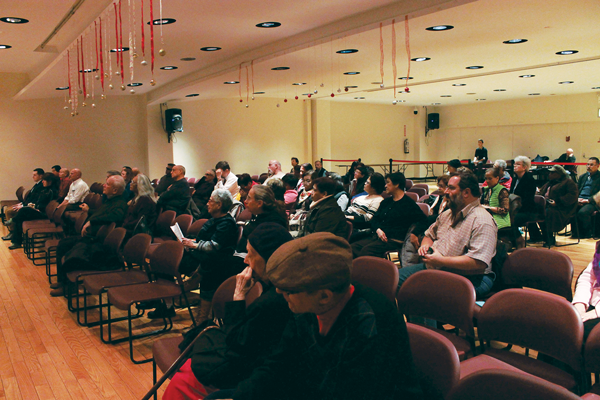
Residents attending the Dec. 8 “Let’s Talk!” bike safety forum were particularly concerned about cyclists who run red lights, don’t yield and ride on the sidewalk.
“Now our officers are being pulled in every direction,” she said.
Johnson said that a new effort is underway within the city council to add 1,000 new police officers to the NYPD. A similar measure did not pass this year, he said. In the meantime, Irizarry said auxiliary police officers can help with public outreach (though they cannot issue tickets).
Educating the public was a strategy touted by each of the panelists. Vision Zero supporters have said in recent months that a culture shift is necessary in order to truly realize the plan to eliminate traffic fatalities in New York City. Seemingly minor traffic offenses such as failing to yield to pedestrians, jaywalking and cyclists running red lights are major factors in many traffic accidents.
“All of us have a responsibility to make our streets safer,” said Irizarry. “We can’t put the blame on one sect of people that are riding bicycles. We can’t put the blame on vehicles.”
As she mentioned a third group’s role, audience members chuckled in self-awareness.
“I see pedestrians all the time who are crossing when the light clearly says ‘Don’t Walk,’” she said.
